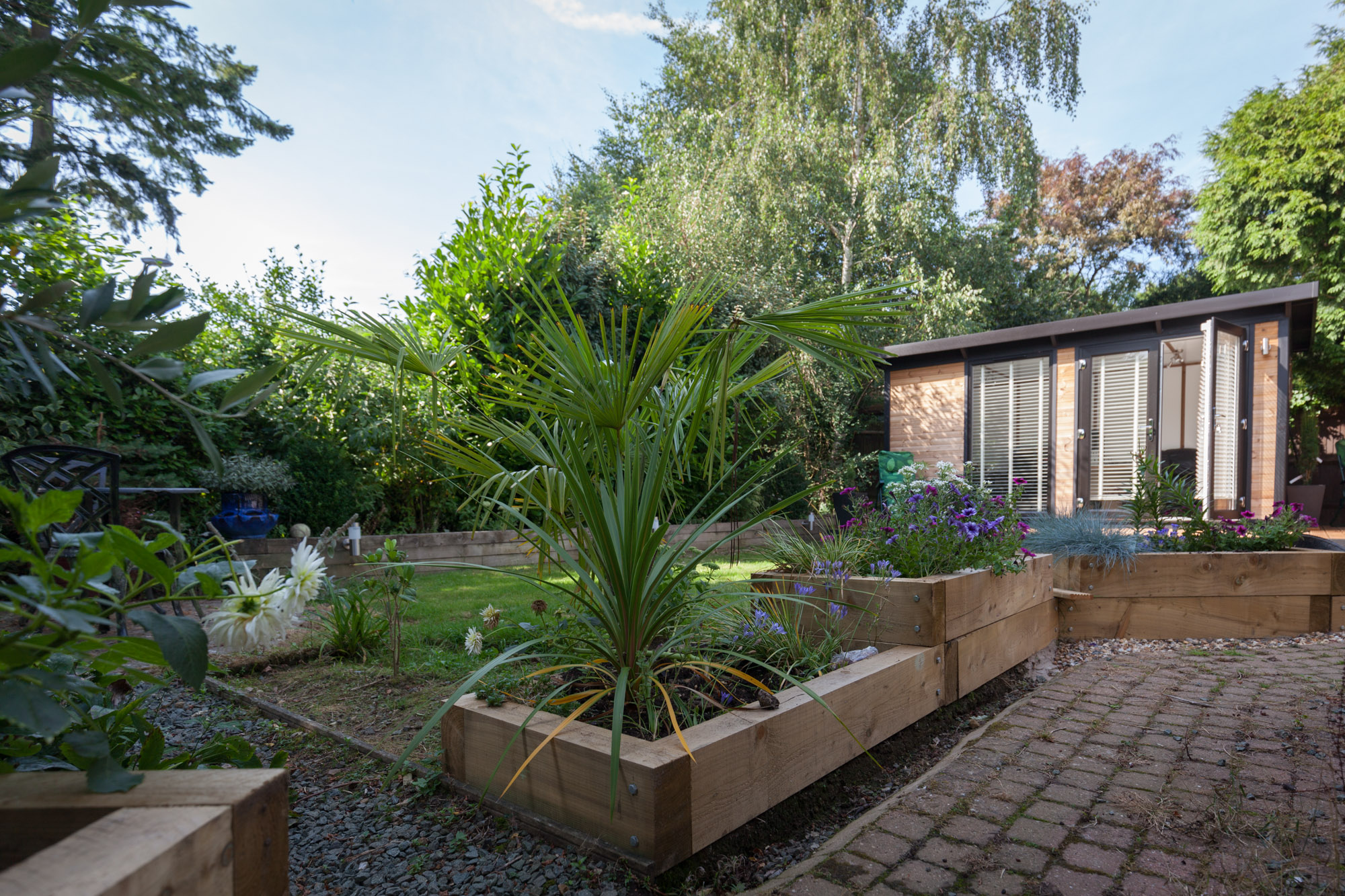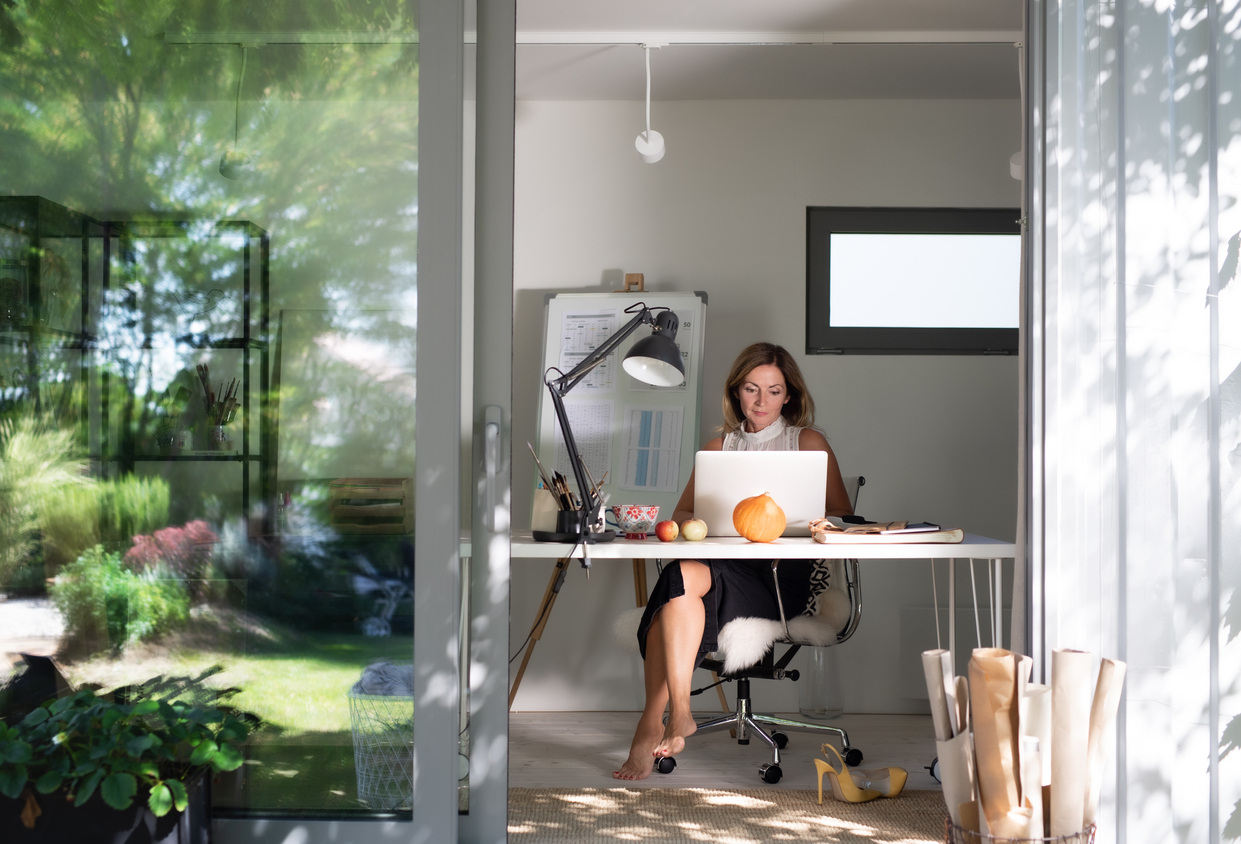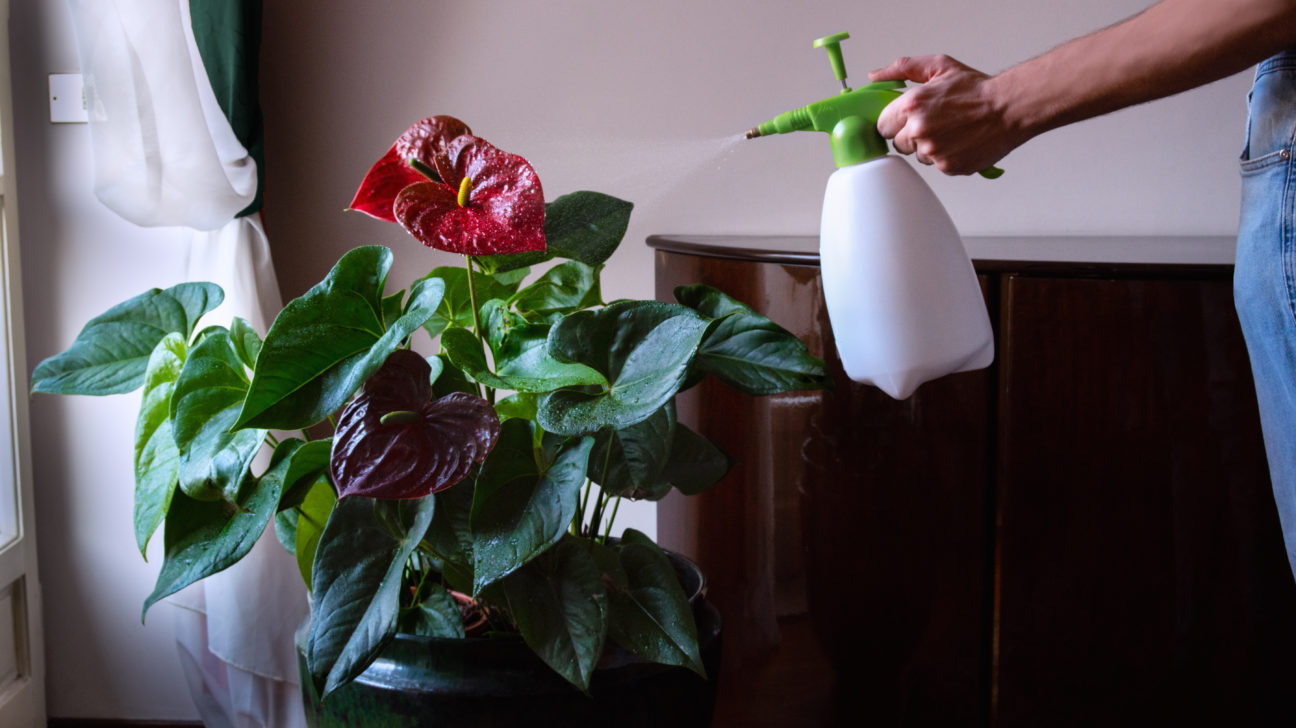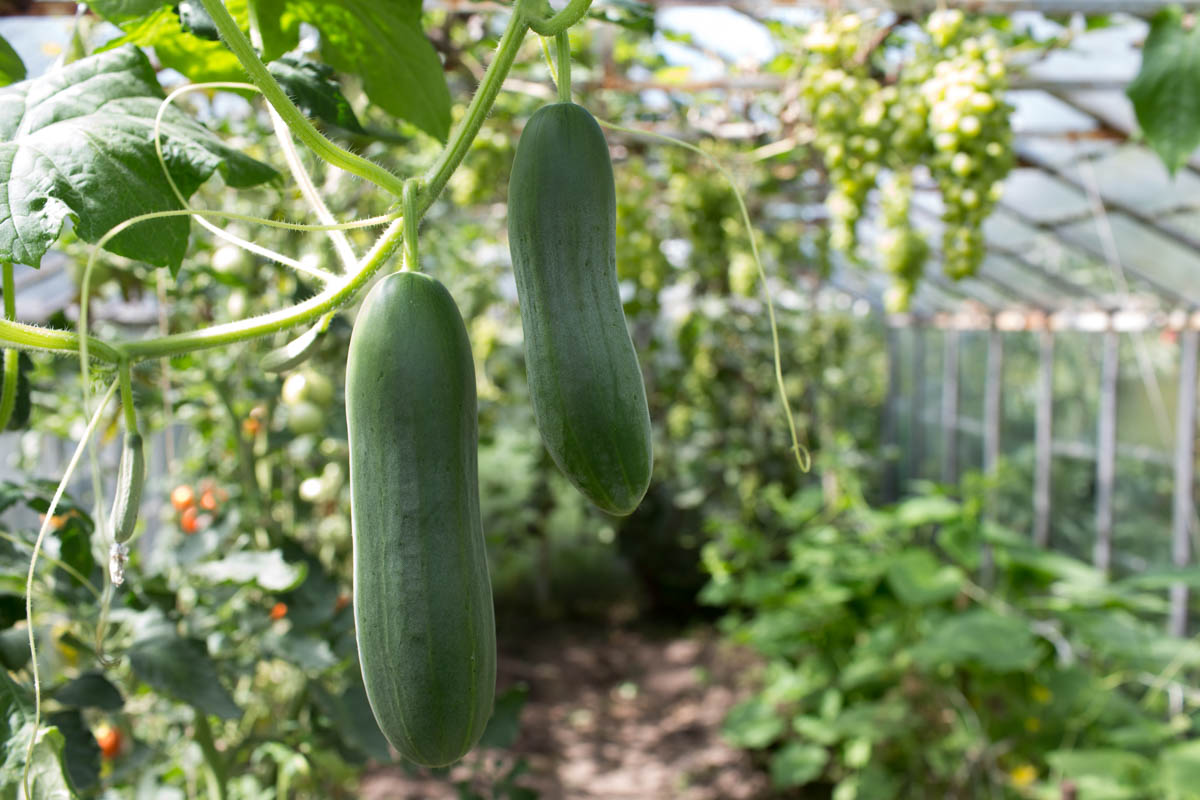The notion of developing a garden environment for the office has grown in popularity in today’s modern companies. Employers are increasingly recognizing the value of developing welcoming and calm outdoor spaces where employees can reconnect with nature and find relief from the stresses of their jobs. These well-designed garden spaces not only improve the appearance of the office but they also provide several benefits for employees’ wellbeing, productivity, and overall job happiness.
Designing a Garden Space for the Office
 Several important factors should be considered while constructing a garden space for the office. To begin, it is critical to understand the individual demands and preferences of employees. Conducting surveys or engaging in dialogues to gain feedback might give useful insights into the sorts of places and activities that employees would value. This information may be used to guide the design process and ensure that the garden area is adapted to their specific requirements.
Several important factors should be considered while constructing a garden space for the office. To begin, it is critical to understand the individual demands and preferences of employees. Conducting surveys or engaging in dialogues to gain feedback might give useful insights into the sorts of places and activities that employees would value. This information may be used to guide the design process and ensure that the garden area is adapted to their specific requirements.
Creating a sense of welcome and comfort is an important component of developing a garden setting. Employees may rest and unwind during their breaks or lunch hours by incorporating pleasant seating places such as benches, lounge chairs, or even hammocks. It is also crucial to provide adequate shade through trees, pergolas, or umbrellas so that staff may enjoy the space even on hot summer days. Seating locations should also be strategically placed to optimize solitude while minimizing noise disturbances from neighboring traffic or office activity.
Greenery and plant life must be included in every workplace landscape design. Lush plants, colorful flowers, and meticulously manicured landscapes not only provide an aesthetically pleasing atmosphere but also benefit employee wellbeing. Plants have been proven to alleviate stress, enhance air quality, and boost happiness and productivity. Incorporating a range of plants, including low-maintenance alternatives, may help keep the garden space colorful and energetic all year.
Another important factor to consider is the presence of components that promote physical activity and mobility. Designing walking or jogging paths can boost employee wellbeing and encourage them to exercise on a regular basis. Installing outdoor fitness equipment or arranging group exercise activities like yoga or aerobics courses might help to encourage a healthy and active lifestyle even more. Employers demonstrate their commitment to employee health and wellbeing by offering opportunities for physical activity.
 Additionally, chances for social contact and cooperation are critical in office garden design. Designating locations for casual meetings, team-building activities, or social events can help employees create strong relationships. Outdoor picnic areas, community eating places, or even a designated barbeque area might encourage employees to gather, share meals, and converse casually. These social connections within the workplace may promote collaboration, raise morale, and foster a sense of togetherness.
Additionally, chances for social contact and cooperation are critical in office garden design. Designating locations for casual meetings, team-building activities, or social events can help employees create strong relationships. Outdoor picnic areas, community eating places, or even a designated barbeque area might encourage employees to gather, share meals, and converse casually. These social connections within the workplace may promote collaboration, raise morale, and foster a sense of togetherness.
Considering sustainability and eco-friendliness in garden design is also really beneficial. Incorporating environmentally responsible techniques like rainwater harvesting, using recycled materials for furniture or design, and employing energy-efficient lighting may demonstrate the organization’s dedication to environmental responsibility. Creating a green and eco-friendly environment corresponds with the ideals of employees who are more concerned about environmental concerns. It also strengthens the company’s image as a socially and ecologically responsible firm.
To conclude, creating a garden space for the workplace is an effective approach to establishing pleasant outdoor places that bring several benefits to employees. These places not only improve employee wellbeing, productivity, and job happiness, but they also provide chances for leisure and rejuvenation. Employers may develop an enticing and revitalizing garden space that contributes to a healthy work environment by addressing employees’ requirements, combining aspects of comfort, greenery, physical exercise, and social contact, and supporting sustainable techniques. Investing in these outdoor areas shows a dedication to employee happiness, health, and overall performance, resulting in a flourishing and engaged workforce.



